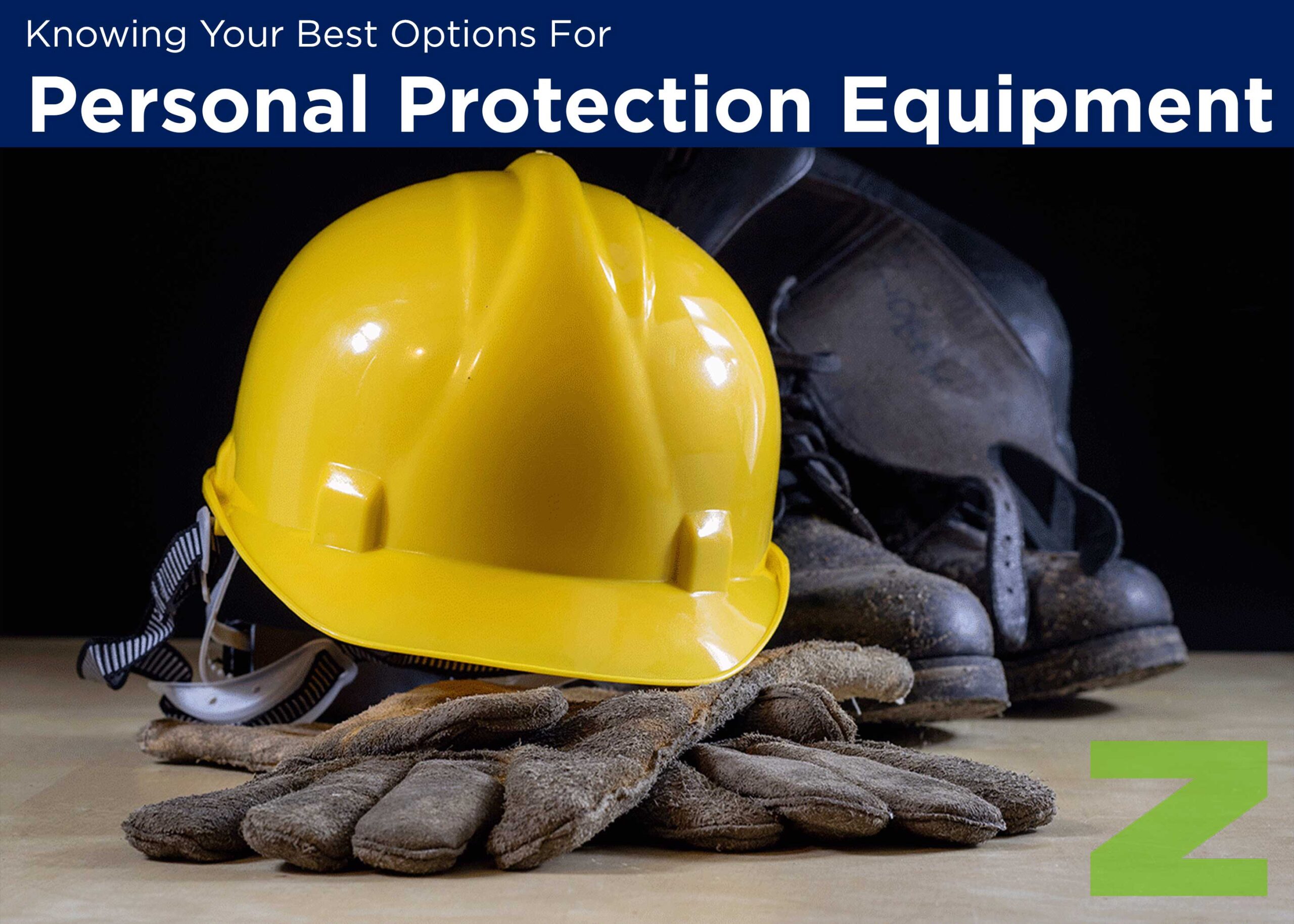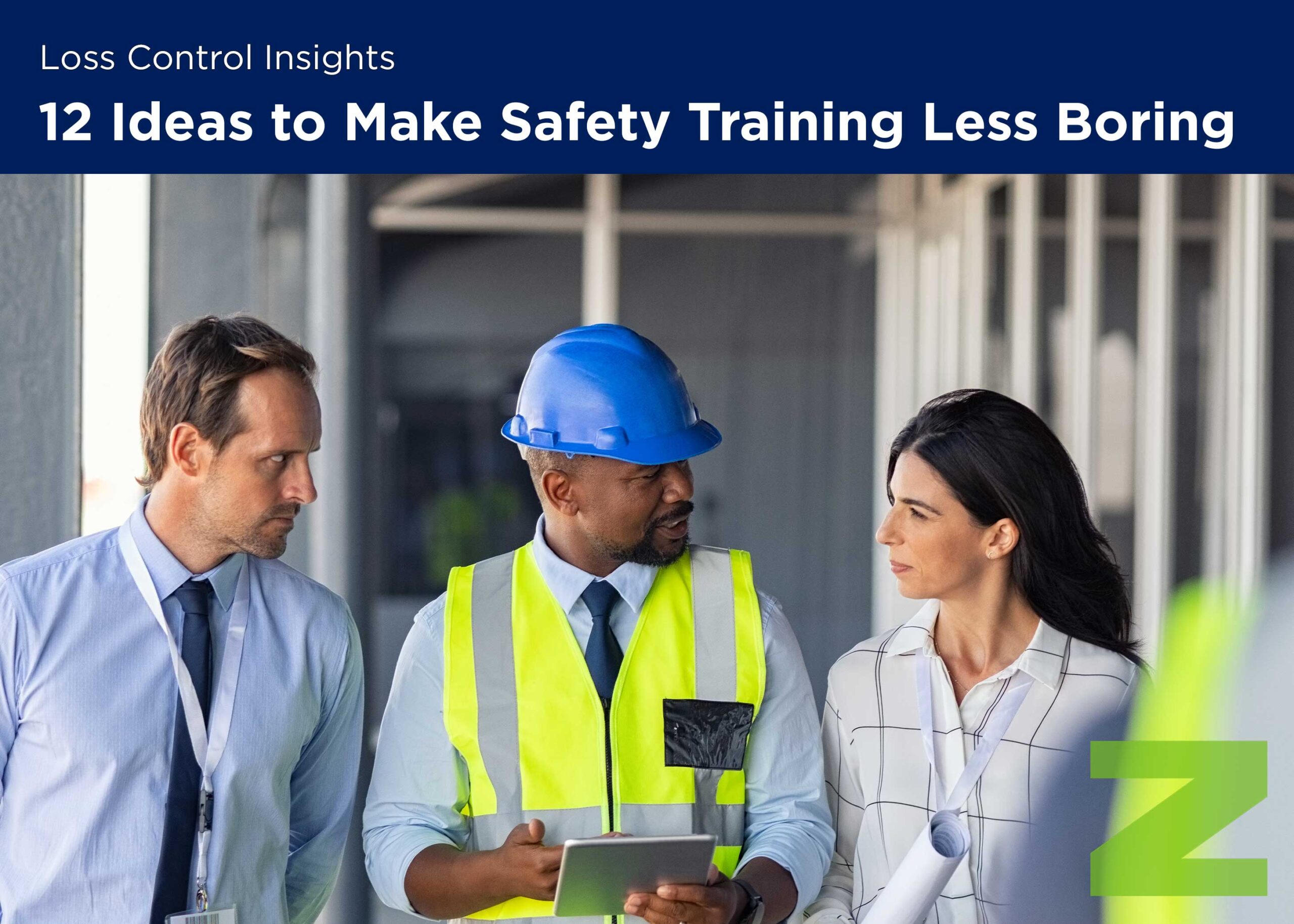I know we are going back to the basics but our teams need to be reminded of the little things that could save a big thing.
A plethora of options are available when it comes to personal protective equipment (PPE). Here’s how America’s Safest Companies choose which PPE to purchase.
Hats, gloves, fall arrest systems, boots. The wide world of personal protective equipment (PPE) could be intimidating to safety managers when a tight budget and limited resources come into play.
When it comes to the construction industry, carefully selecting the right PPE in order to protect workers from the most common injuries plaguing workers, such as struck-by incidents and falls, and training them is crucial.
In a recent report, research firm Global Market Insights forecasts an uptick in the purchase of safety gloves and protective clothing as economic growth continues globally.
The firm cites awareness campaigns and mandatory compliance as the biggest components to the increase of protective clothing use through 2023. Just as with hand protection, strict safety regulations imposed by OSHA, NIOSH, NFPA, and others will be the principal global protective clothing market growth driver, the firm writes.
Because of the burgeoning array of choices available, EHS Today reached out to safety managers at some of America’s Safest Companies to find out what processes they use to purchase and distribute PPE to their workers.
EHS Today: How do you choose which PPE you provide to your workers?
Cole Davis, corporate safety director, Nova Group: Based on comfort and practicality. No one glove fits all tasks so we have a glove use matrix chart as well as a respiratory use matrix chart to help folks understand what PPE is used for specific applications. Our parent company also offers discounted pricing on certain gloves and has corporate pricing available on some. I always have American flag patches and/or stickers added to each full brim hard hat and vest because we work on military bases and they appreciate seeing that. As well as badge clear opening so folks can put their badge in their vest and it can be seen at all times.
Steve Lopez, senior safety officer, Rummel Construction: Our first consideration is the nature of the hazard and application of the Hierarchy of Controls (Elimination, Substitution, Engineering, Administrative and PPE). If we determine PPE is necessary, then we generally choose from available options that demonstrate effectiveness, practicality, compliance with industry consensus standards, quality, fit and cost.
Joe Corvello, corporate director, health, safety & environmental, American Bridge Company: PPE assessment is developed based on the JHA’s established for activity of work. Selection is based on fit/comfort and affords to best safety to the individual.
EHS Today: What PPE do you provide?
Cole Davis: We provide all that OSHA requires including discounts on prescription eye wear ($75/year per ee.) and occasionally safety toed boot gift cards. Always provide fall protection and every style of glove for each application. We provide bottled water on 90% of our projects.
Steve Lopez: Our “minimum” PPE issue upon hire is a hard hat that meets the ANSI Z89.1-2009 standard for Type 1, Class E protection, safety glasses that meet or exceed ANSI Z87.1-2010 standard (or side shields or overglasses for those that wear prescription eye glasses), a safety vest that meets the ANSI/ISEA 107-2010 standard for Class II, Level II garments, ear plugs with a NRR of 33 decibels, and work gloves that meet the EN388 standard for level 5 cut resistance and level 4 puncture resistance. Although we require work boots that extend over the ankle, long trousers, and shirts with sleeves (4” minimum), our company does not provide them. All other provided PPE is determined by the Job Hazard Analysis (JHA), and selection would follow the process as stated.
Joe Corvello: Standard PPE for all site workers: Safety glasses, gloves, hard hat, high-visibility vest/jackets, safety boots, and hearing protection. Personal fall protection (harness and lanyard) are issued to those working at height. Cut resistant, abrasion resistant, and thermal protection (welding and cutting). Anti-vibration is used as required.
EHS Today: How do you manage the process of providing PPE to your employees?
Cole Davis: The safety person (SSHO) typically has a closet or a shed of some sort with a lock and key and issues to each person.
Steve Lopez: Although we provide the “minimum” PPE to each employee upon hire during the hiring process, we ultimately place the responsibility on the employee’s supervisor to acquire and provide PPE as necessary. Our company maintains a central supply of PPE to support the needs in the field.
Joe Corvello: Project management / safety determine the level of PPE to be provided based on PPE assessments, selection and availability, and cost to some degree.
EHS Today: Do you include PPE in your training (how and why to use it, etc.)? If so, how?
Cole Davis: Yes, this is a common topic and is also covered in our OSHA 10-hr. training each person is required to attend.
Steve Lopez: Once a new employee arrives on the jobsite for the first time, it is the supervisor’s responsibility to train them in the purpose, inspection, fit, limitations, and care of their PPE as part of their new employee safety orientation training (NESOT). For specialized PPE, such as personal fall arrest systems (PFAS), our safety professionals will be involved in the training. All training is documented.
Joe Corvello: PPE training is part of our Employee Safety Indoctrination provided to all new employees. Specific PPE training (fall protection, SCBA, respiratory and emergency response) are provided as required.
EHS Today: How do you track injury trends?
Cole Davis: We develop “Safety Flashes” for each near miss and accident and injury that occurs. We submit claims and injuries into a database called Origami which our parent company Quanta requires us to use. This provides charts and graphs, etc., of body parts injured, by what mechanism, etc.
Steve Lopez: We have an old-fashioned system that seems to work well. We document our incidents (injuries, illness, equipment & property damage, third party claims, near misses, etc.) on a quarterly summary tracking sheet and evaluate them after each quarter for trends. We also require reporting all incidents, no matter how minor, to the safety department.
Joe Corvello: All injuries are tracked and analyzed for trends. Any trends indicating improper use off PPE, failure to use PPE, or inappropriate PPE protection, Corrective Action are developed to address any trends.
EHS Today: Have you recently made changes in your PPE based on OSHA, ANSI standards or on injury trends you’re seeing?
Cole Davis: Yes – we were experiencing a rash of dust and/or debris entering eyes during chipping/grinding operations. We then required the use of spoggles, goggles or mono goggles to be worn when doing these specific operations. This was also prior to the new silica standards requiring a vacuum system so we may be able to loosen our PPE now but will evaluate.
Steve Lopez: No recent changes have been made to our PPE based on regulatory standards or trends; however, we often make changes into the way our employees work. For example, our hand injury prevention campaign puts more emphasis on hand placement rather than the work glove for injury prevention.
Joe Corvello: The new silica standard in construction has impacted some of our PPE. All workers exposed to silica dust in an open air environment wear P-95 or P-100 dust mask. Anti-vibration, use of vibration reducing grip tape on jackhammers have seen a reduction in exposure, allowing workers to work longer periods.
(Originally published by Stefanie Valentic for EHS Today at ehstoday.com)





